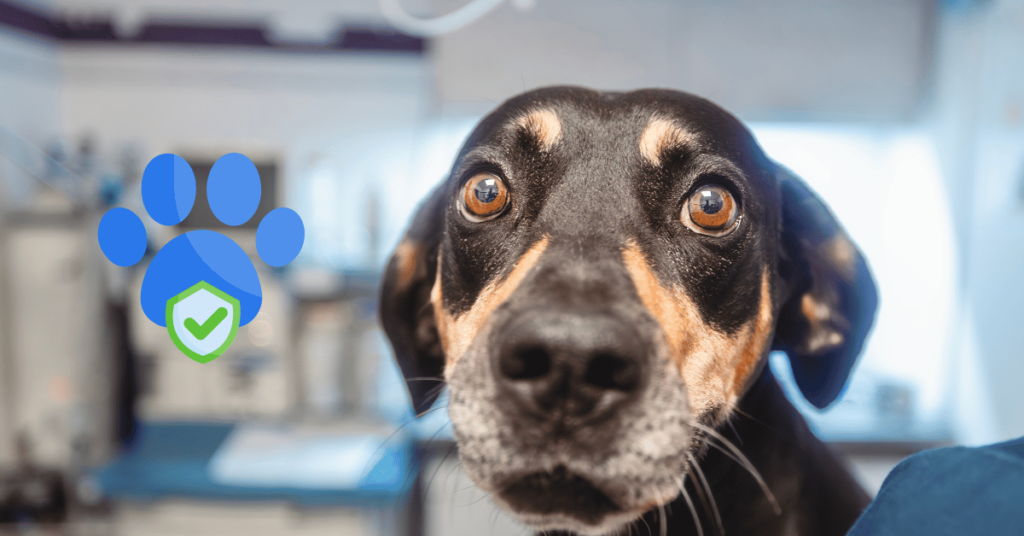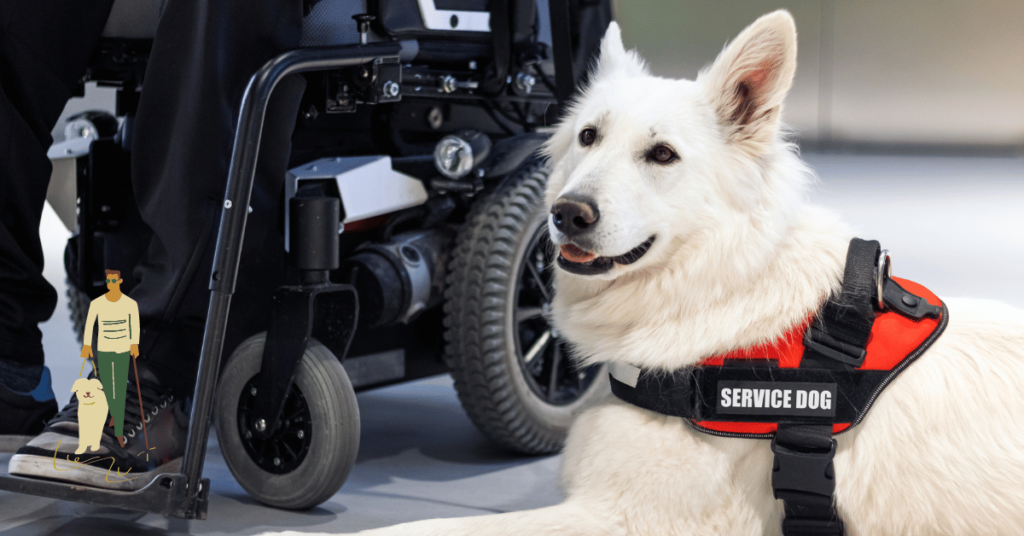For many of us, dogs are more than just pets—they’re family. But as much as we love our furry friends, they can sometimes rack up significant expenses, especially if they fall ill, get injured, or cause injury to someone else. That’s where dog insurance comes in. While most people are familiar with pet health insurance, there are several other types of insurance that can help protect both you and your dog from various risks.
In this article, we’ll explore the different types of dog insurance available, how each one works, and which ones you might need to keep your canine companion covered.
Types of Dog Insurance
There are several types of insurance policies that can cover various aspects of your dog’s life, ranging from health insurance to liability protection. Let’s break down each type and how it can help you and your dog.
Pet Health Insurance
Pet health insurance is designed to cover the costs of your dog’s medical treatments. Like human health insurance, it helps reduce the financial burden of veterinary bills. There are two main types of pet health insurance policies:
1. Accident & Illness Plans
This is the most comprehensive form of pet health insurance. Accident & Illness plans cover both unexpected injuries and illnesses such as:
- Broken bones
- Torn ligaments
- Hypothyroidism
- Arthritis
- Ear infections
- Digestive issues
Under this plan, after you meet your deductible, the insurance provider reimburses you for a percentage of the vet bills, usually between 70% and 100%. This plan provides peace of mind, knowing you won’t have to worry about high vet costs when your dog falls sick or gets injured.
2. Accident-Only Plans
As the name suggests, Accident-Only plans cover only injuries caused by accidents, such as:
- Bite wounds
- Swallowed objects
- Broken bones
- Toxic ingestions
These plans do not cover illnesses, but they help cover the costs of sudden injuries and medical emergencies, making sure you can afford emergency care when needed.
Pet wellness plans, which cover routine care like vaccinations and checkups, are often add-ons to traditional health insurance. They aren’t the same as health insurance but can help cover preventive care costs.
Homeowners and Renters Insurance

1. Homeowners Insurance
If you own a home, your homeowners insurance policy might include liability coverage that can protect you if your dog causes injury to someone else or damages their property. However, this coverage generally doesn’t extend to injuries or damages caused to people living in your home or on your property.
2. Renters Insurance
For renters, renters insurance offers similar liability protection. If your dog injures someone or causes damage to someone else’s property, your renters insurance can help cover the associated medical bills and legal fees. However, like homeowners insurance, it doesn’t cover damage to your own property caused by your dog.
Some homeowners or renters insurance policies may exclude certain breeds or require additional liability coverage for dogs considered “high risk.”
Dog Liability Insurance
While homeowners and renters insurance policies provide some liability protection, they often come with limits or breed restrictions. If your dog is excluded from coverage due to its breed or if you need additional liability protection, dog liability insurance is an option. This specialized insurance provides financial coverage if your dog injures someone or damages their property. It’s especially useful for dog owners who neither rent nor own a home but want to ensure they are financially protected in case of an incident.
Auto Insurance with Pet Injury Coverage
If you often travel with your dog, you should know that some auto insurance policies include pet injury coverage as part of their collision protection. This means that if your dog is injured in a car accident, the policy can help cover veterinary bills or even funeral expenses if the pet passes away.
If your auto insurance doesn’t include pet coverage, you might want to consider getting pet health insurance to ensure your dog is covered in the event of an accident—regardless of who’s at fault.
Life Insurance for Dogs

Life insurance for dogs, also known as mortality and theft insurance, is a more niche policy. It provides financial reimbursement if your dog passes away or is stolen. These policies are usually purchased for high-value dogs, such as show dogs or service animals, and can help replace future income from breeding or endorsements.
While life insurance for dogs is expensive and not as common as other types of insurance, it might be worth considering if your dog has significant monetary value.
Most dog owners find that pet health insurance provides better overall value compared to life insurance. However, if your dog is a valuable breed, you may want to explore life insurance options to cover burial or cremation costs.
How to Compare Dog Insurance Options
When choosing the right type of dog insurance, there are several important factors to keep in mind. The best option will depend on your dog’s specific needs, your location, and your financial situation. Here’s what to look for when comparing policies:
- Deductible and Reimbursement Rate: How much are you required to pay out of pocket before the insurance kicks in? How much of your vet bill will be reimbursed after the deductible is met?
- Annual Limits: Does the policy have an annual or lifetime limit on how much the insurance will pay out?
- Premium Increases: Will your premiums go up if you file a claim?
- Breed Exclusions: Are certain breeds excluded from coverage or subject to higher rates?
- State Requirements: Does the insurance coverage satisfy any legal requirements in your state, such as breed-specific liability laws?
Conclusion
Choosing the right dog insurance can be overwhelming, but understanding the different types of policies available can help you make an informed decision. Whether you’re looking to cover your dog’s medical expenses with pet health insurance, protect yourself from liability with homeowners or renters insurance, or ensure coverage during car rides, there’s an insurance plan to suit your needs.
Before selecting a policy, take time to compare the available options, paying attention to coverage limits, exclusions, and costs. This way, you’ll be better prepared to provide your dog with the best care possible, without the added stress of unexpected financial burdens.
So that was all about this article. If you have any further questions feel free to comment down below. We are always here to help you!




